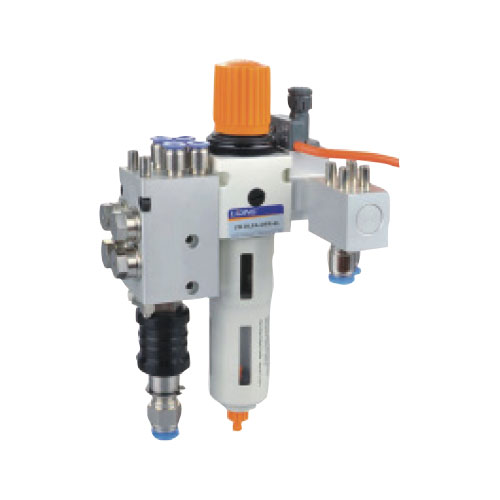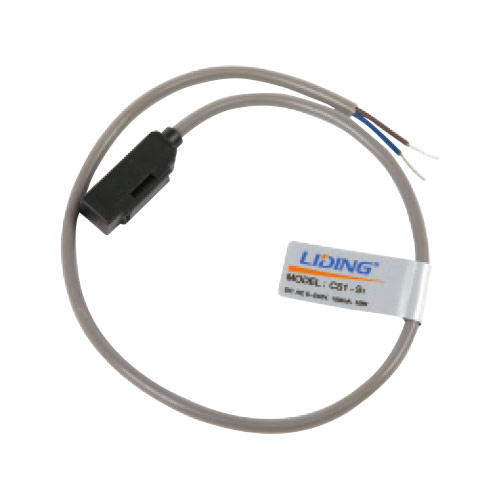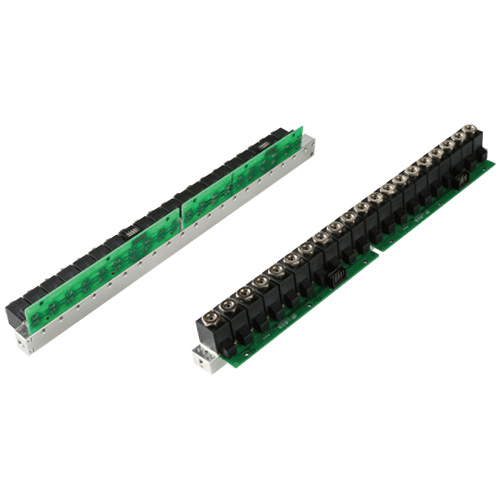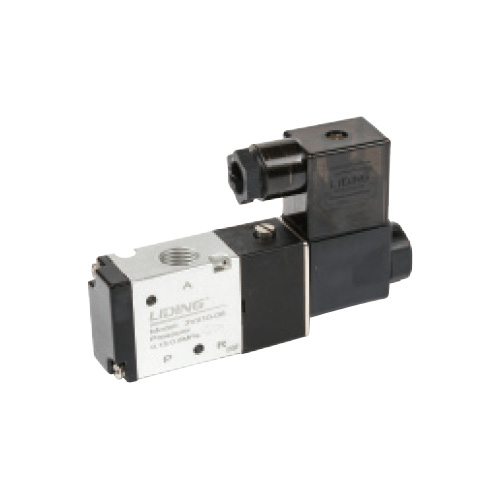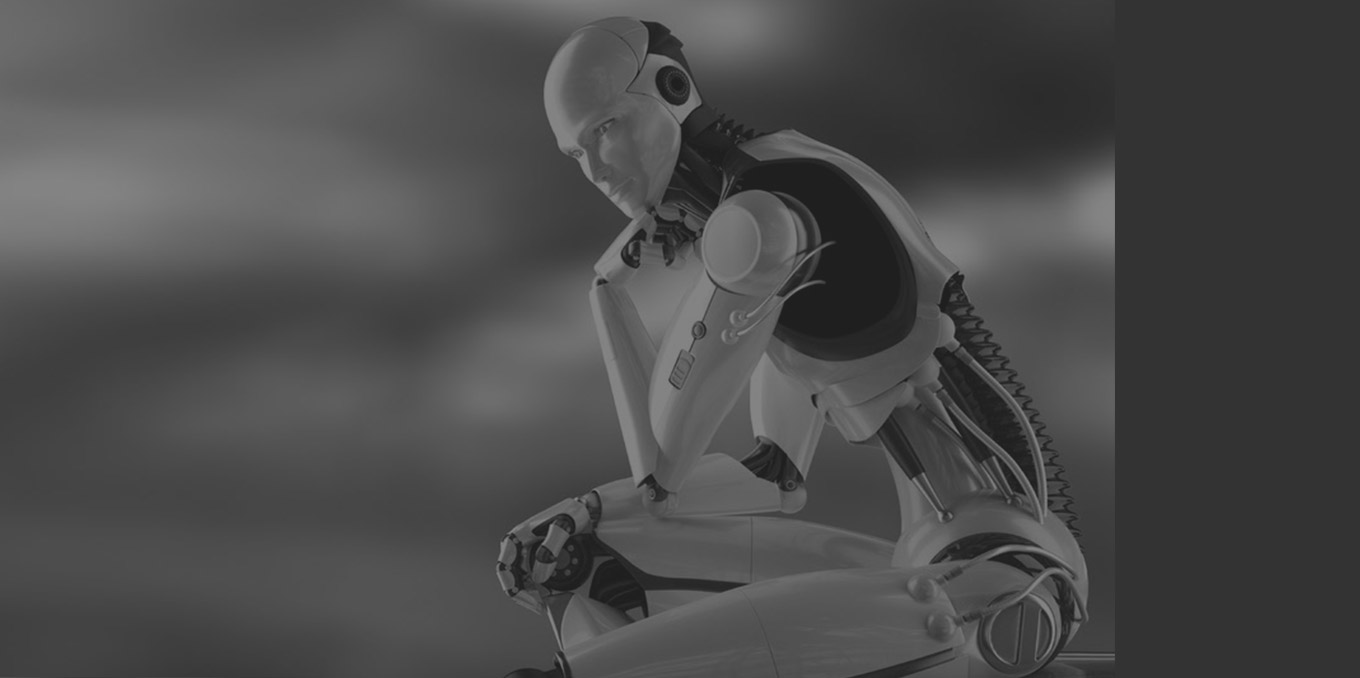Structural principle of gas regulating valve
In simple terms, the gas regulating valve is not a spec […]
In simple terms, the gas regulating valve is not a specific type of valve. It can be an electric gas regulating valve, a pneumatic gas regulating valve, or a self-operated gas regulating valve.
Gas regulating valve. But no matter which valve it is, their working principle is similar, that is, the output flow is adjusted by changing the flow area of the valve port.
So as to control the gas flow to the range we need. Although the gas flow regulating valve is generally composed of actuators, regulating valves, flow meters, control instruments and other components,
It works by receiving the 4-20 mA signal output by the flowmeter, and automatically adjusts the size of the gas flow to achieve the functions of stable flow, reduced flow and balanced flow.
The use requirements that the gas regulating valve must meet, the following takes Taichen valve [ ] gas flow regulating valve as an example to make a brief introduction.
1. The gas regulating valve should have a large flow adjustment range, and the flow adjustment should be uniform.
2. When the pressure and differential pressure before and after the valve change, the flow through the valve changes little, so as to ensure the stability of the flow and pressure after the valve.
3. When the valve port is closed, the leakage rate of the valve should be very small, and the general seal should be made of a soft and hard seal.
What is the difference between gas regulating valve and liquid regulating valve?
To understand the difference between a gas regulating valve and a liquid regulating valve is to know the characteristics of these two media, the principle difference between the flow properties of gas and liquid through the regulating valve
The difference is that liquids are incompressible and gases are compressible. When the pressure of the liquid changes when passing through the regulating valve, the volume and density remain unchanged, while the gas is overregulated.
Throttle valve results in both volume and density changes. On the other hand, the force will change, and when a certain pressure is reached, the state will liquefy. When observed through the regulating valve with the pressure drop
Flow, liquid and gas flow changes are not the same, that is, after a certain pressure drop, when the flow stops, as the pressure drop increases, the changes between the two will not be the same.
same. Gu liquid control valve only needs to consider the liquid itself, while the gas control valve should consider the changes in volume, density, and medium characteristics through the control valve, so the gas control valve should
The process requirements and technical content requirements of the body control valve are much higher than that of the liquid control valve.


